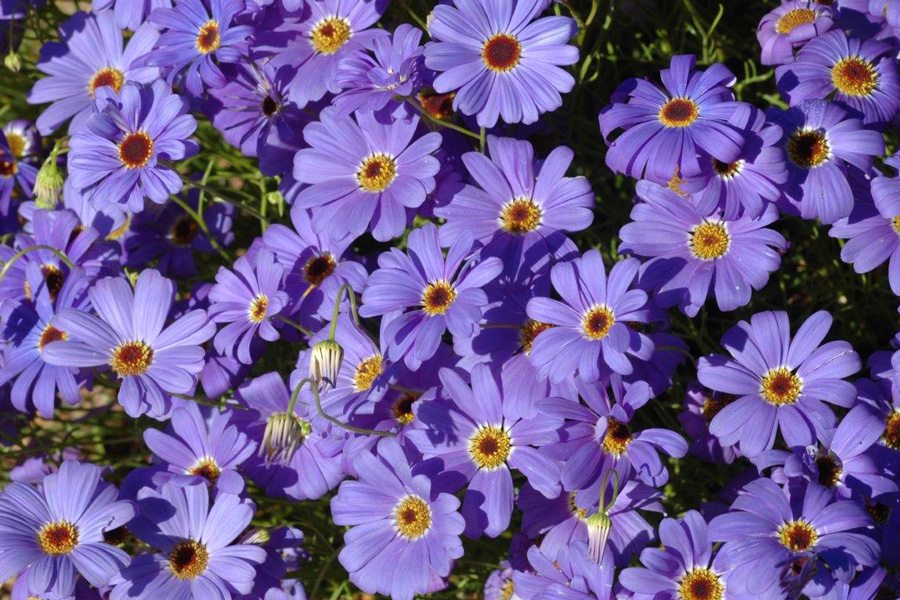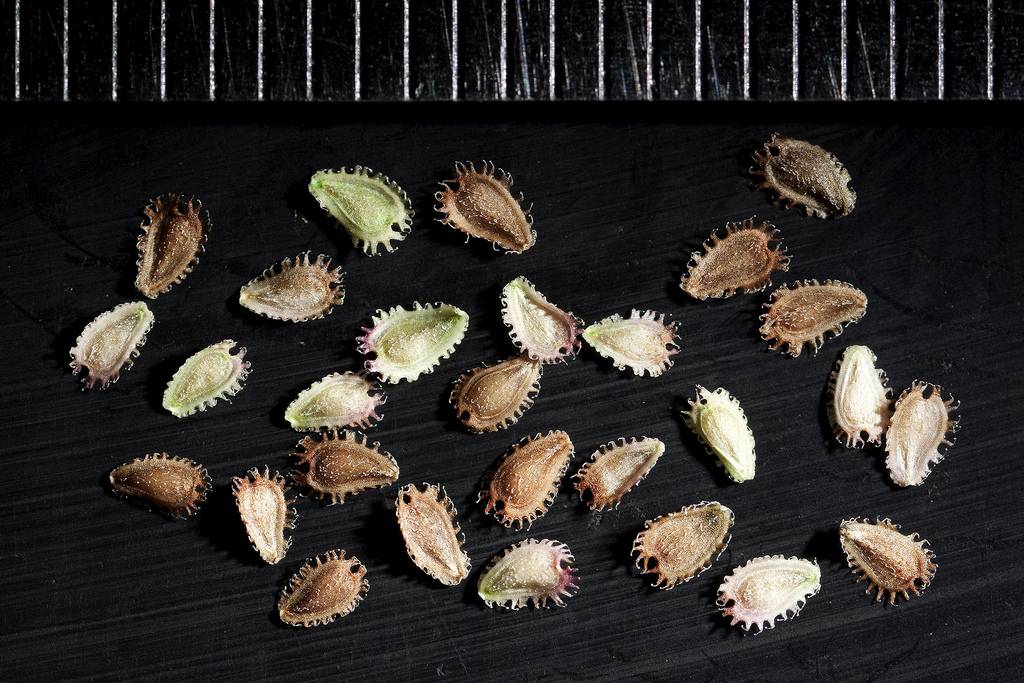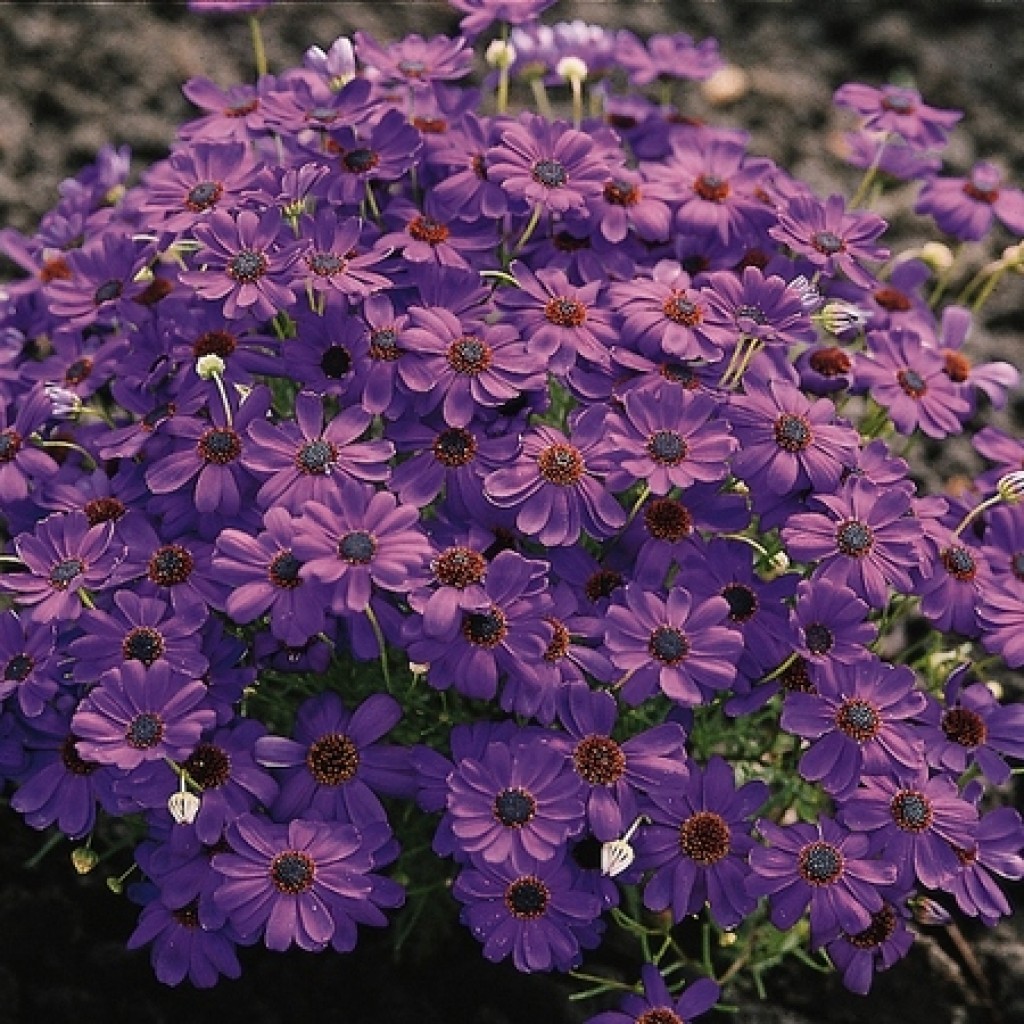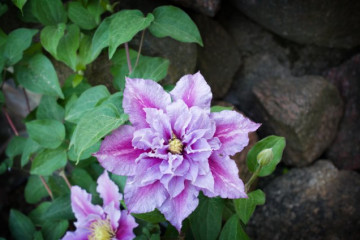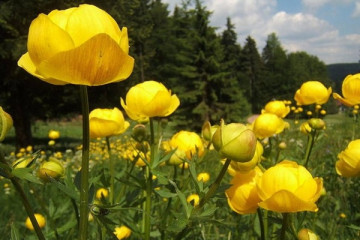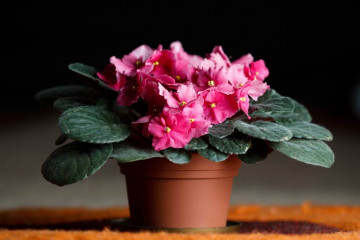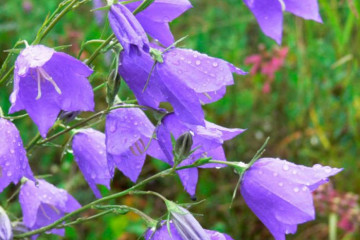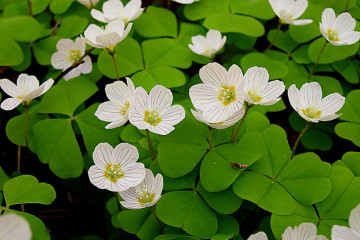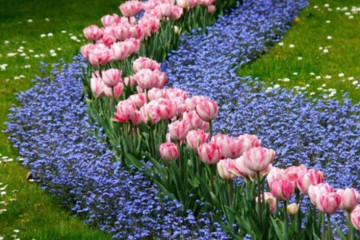Brachikoma Iberisoliferous - description of the plant
Content:
Brachikoma Iberisolea will be an excellent option for those who are starting to grow flowers for the first time. The plant is easy to grow as it does not require much maintenance. At the same time, flowering continues continuously for three summer months. Thanks to the multi-color palette of brachicoma flowers, you can create a variety of living arrangements in the flower beds.
What does Brachikoma Iberisoliferous look like?
The flower belongs to the Asteraceae family and is perennial. In central Russia, the plant is grown as an annual. The reason is that it cannot withstand the harsh weather conditions in winter.
The plant was brought to the territory of Europe and Asia by the naturalist-navigator William Dampier at the end of the 17th century. The inconspicuous wild-growing flower, reminiscent of a chamomile, attracted florists and in the 19th century filled many European gardens and household plots. A little later, the plant became less popular. But now they are again beginning to be interested. Breeders paid particular attention to the brachycoma, although so far they have not yet bred a single new variety.
Bakhrikoma grows in height by half a meter. In this case, the stem begins to branch in the upper part, which forms a bush. The inflorescence baskets are 4 centimeters in diameter. The petals that border the inflorescence can be of the following shades:
- white;
- pink;
- blue;
- purple.
During flowering, the flower forms a delicate scent. Seed collection begins in September. You can store them for two years.
The flower has the main feature - 100 buds can bloom on the bush at the same time. Flower petals can have a plain or double surface. It depends on the type of plant. Flowering lasts from the first days of June to September. The leaves are small, narrow in shape with an emerald hue. The brachicoma blue sissy plant pleases the eye very beautifully with its flowers.
The most popular varieties of brachicom
The homeland of Bahrikoma is Australia. Here you can find about 50 different varieties of flowers that reproduce by self-seeding. Only two varieties of plants are cultivated: brachycoma iberisolistnaya and multifarious. It was from them that other varieties of plants were derived, which have replenished the catalog with a detailed description.
Blue Star
This brachicoma variety differs from others in its ability to curl. In addition, the flowers of this plant are blue.
Waltz
Brachikoma waltz is not a separate variety, but a combination of several varieties. The inflorescences are blue, lilac and pink in color.
Bravo mixed
This is a combination of varieties, bred by German breeders. In this case, 6 different plant varieties are combined with reed inflorescences that have different shades.
Summer skies
This variety has pastel-colored edge petals.
Purple splendour
This variety is distinguished by complex inflorescences, the size of the basket is only 3 centimeters in diameter. Reed petals are purple.
How brachycomas reproduce
On the Australian continent, the flower can only be found in the wild, where there is a constant drought, therefore, for a brachycoma, planting and care should be carried out following the recommendations of experienced florists. The plant is recommended to be grown in an area fully illuminated by the sun's rays in the absence of moisture. Moreover, there should be no drafts.
Growing from seeds
Seeds are sown in late February or early March. Two and a half months after the first shoots sprout, the brachicoma will begin to bloom. Sow plant seeds in any container:
- boxes;
- pots;
- cups.
Seeds are sown on the surface of the soil sprayed with potassium permanganate and lightly pressed. After that, the dishes are covered with transparent film or glass and placed in a well-lit place. The sprouts will appear in exactly seven days. After germination, the glass should be removed and the seedlings should be taken out to a well-lit place. In order for the plant to grow well and develop, the soil in the container must be loosened and moistened.
In the phase of two or three leaves, it is recommended to dive seedlings. Since the stems are fragile, the process must be carried out carefully. If a beginner conducts a dive, then you can sow plants directly into peat cups.
Landing in open ground
Ready-made brachycoma bushes are planted in open ground only in the last decade of May. The distance between the stems should be kept at 20 centimeters. For a brachycoma plant, growing from seeds is done in compliance with all the rules:
- Seedlings are removed from the container together with the earth ball, which will preserve the integrity of the root system.
- Drainage lies at the bottom of the hole so that excess moisture does not accumulate near the roots.
Cuttings
If grown as a perennial plant, then the propagation method is used by cuttings. In this case, the bush is brought into the room, and the green mass is reduced by half. The bush will feel good in a well-lit place. Watering is done occasionally. In early spring, cuttings are cut from a flower and placed in a substrate for rooting. In the last days of May, seedlings are planted in open ground.
Is it possible to plant a plant in a pot
To grow a brachicoma in a pot, you need a container with a depth of at least twenty centimeters. In this case, the soil is prepared from a mixture of the following ingredients:
- leafy land;
- humus;
- turf;
- sand.
The ratio of the components should be 1: 2: 1: 1.
Features of care in the garden
To grow a brachicoma flower, planting and grooming outdoors are very important conditions for this. It is worth considering the fact that the flower prefers to grow in an open, sunlit space. The plant can grow in partial shade.
Brachycoma grows on slightly acidic soil rich in minerals. It is recommended to loosen it in a timely manner to ensure the saturation of the root system with air. In addition, the roots are damaged by a large amount of moisture, which provokes their decay.
When caring for a plant, it is important to observe the following rules:
- Watering the brachicoma should be sparse. For this, the water is preheated in the sun.
- The garden bed where the flower grows is recommended to be mulched with leaves and sawdust. During heavy rains, the root zone must be sprinkled with ash. It will prevent the plant from snails.
- After the plant is watered, the soil needs to be loosened, so that the roots will receive the required amount of air. In addition, it will prevent the root system from rotting.
- The brachycoma does not need to be fertilized frequently. Throughout the season, it is enough to apply complex fertilizers 3 or 4 times.
- With a disease of the root system, the plant is transplanted to a new place, while at the bottom of the hole it is recommended to make drainage, for which pebbles or broken bricks are suitable.
- By pruning, the plant turns into a lush bush and blooms profusely. It is recommended to remove wilted flowers in time.
In places with harsh winters, the flower is grown differently. The plant is positioned as an annual. To continue flowering, it is recommended to plant a potted brachicoma and bring it indoors. Thanks to this, there will be a lush bloom even on New Year's holidays.
When and how it blooms
Brachikoma blooms very luxuriantly and can grow up to 100 flowers at a time on one bush, which makes it possible to use it to decorate the garden. Each flower variety has a varied palette of flowers. The hue can be blue, cyan, white, magenta, lilac, pink, and purple.
The flower is a basket of inflorescences with a diameter of three centimeters. The petals can be reed or tubular. The plant blooms from early June to September.
So that the flowering of the brachicoma lasts as long as possible, the bush is regularly pruned, removing dry shoots and wilted inflorescences.
Possible growing problems
The brachycome iberidifolia flower is unpretentious to grow, but there are times when problems arise that need to be quickly eliminated to save the plant.
Pests
The most dangerous pests for brachycomas are snails. They need to be collected. The leaves of the flower are affected by the whitefly, which are destroyed by insecticides.
Diseases
The plant can only get sick when the roots begin to fester from excess moisture. The situation can be corrected only by transplanting a plant.
Signs of improper care
If the care of the flower is wrong, then:
- the plant withers;
- leaves begin to turn yellow;
- dark spots appear on the stem and foliage;
- the buds are crumbling.
Use in landscape design
Brachikoma is a plant that can become an ornament not only for garden beds, but also for borders, as well as balconies. It goes well with crops such as ursinia, coreopsis, rudbeckia.
The brachycoma plant is a beautiful and lush flower that will make an excellent garden decoration. But for this you need to properly care for him.
